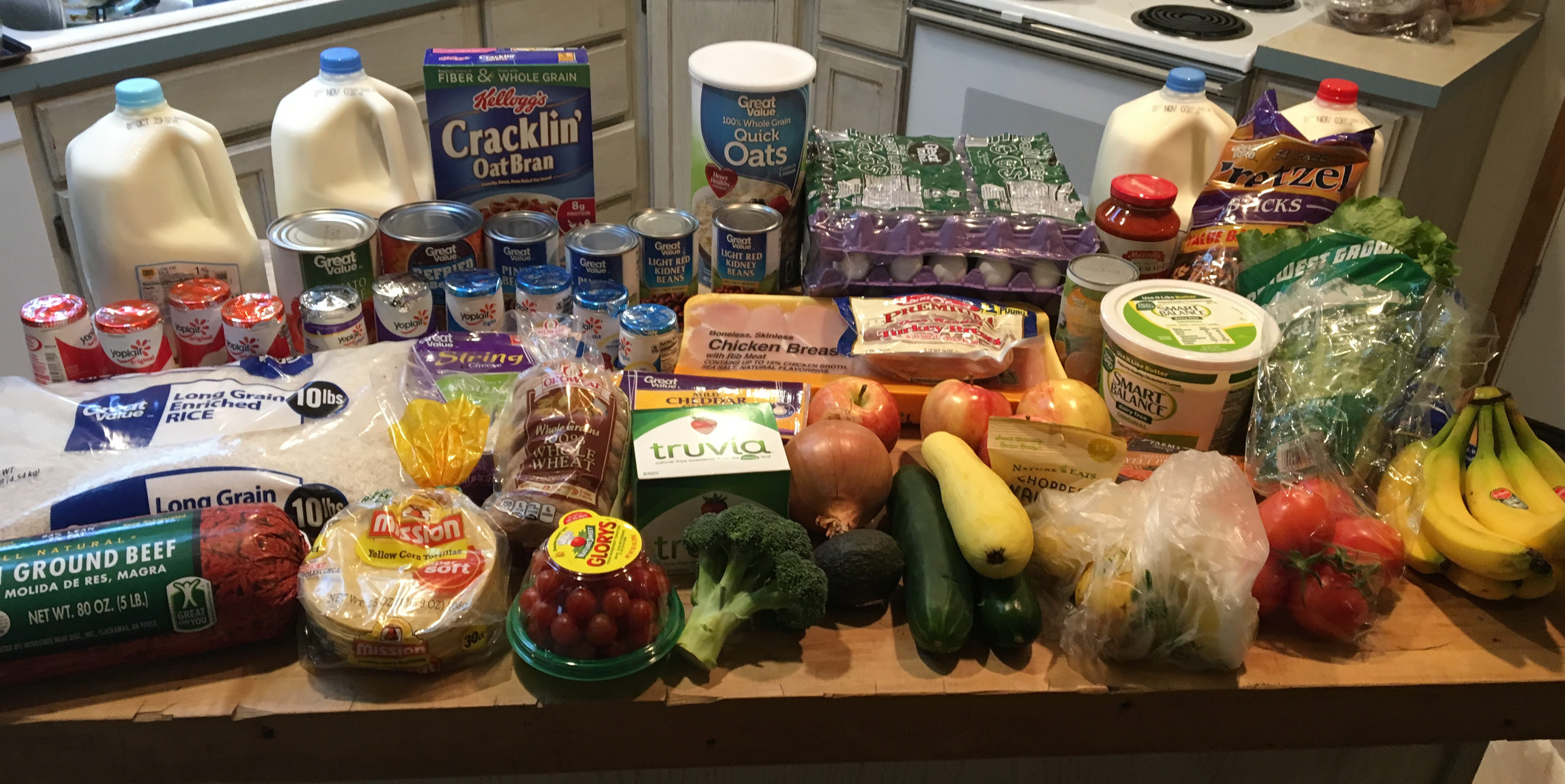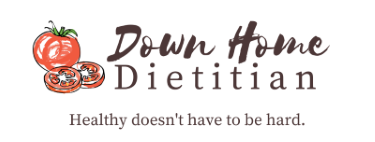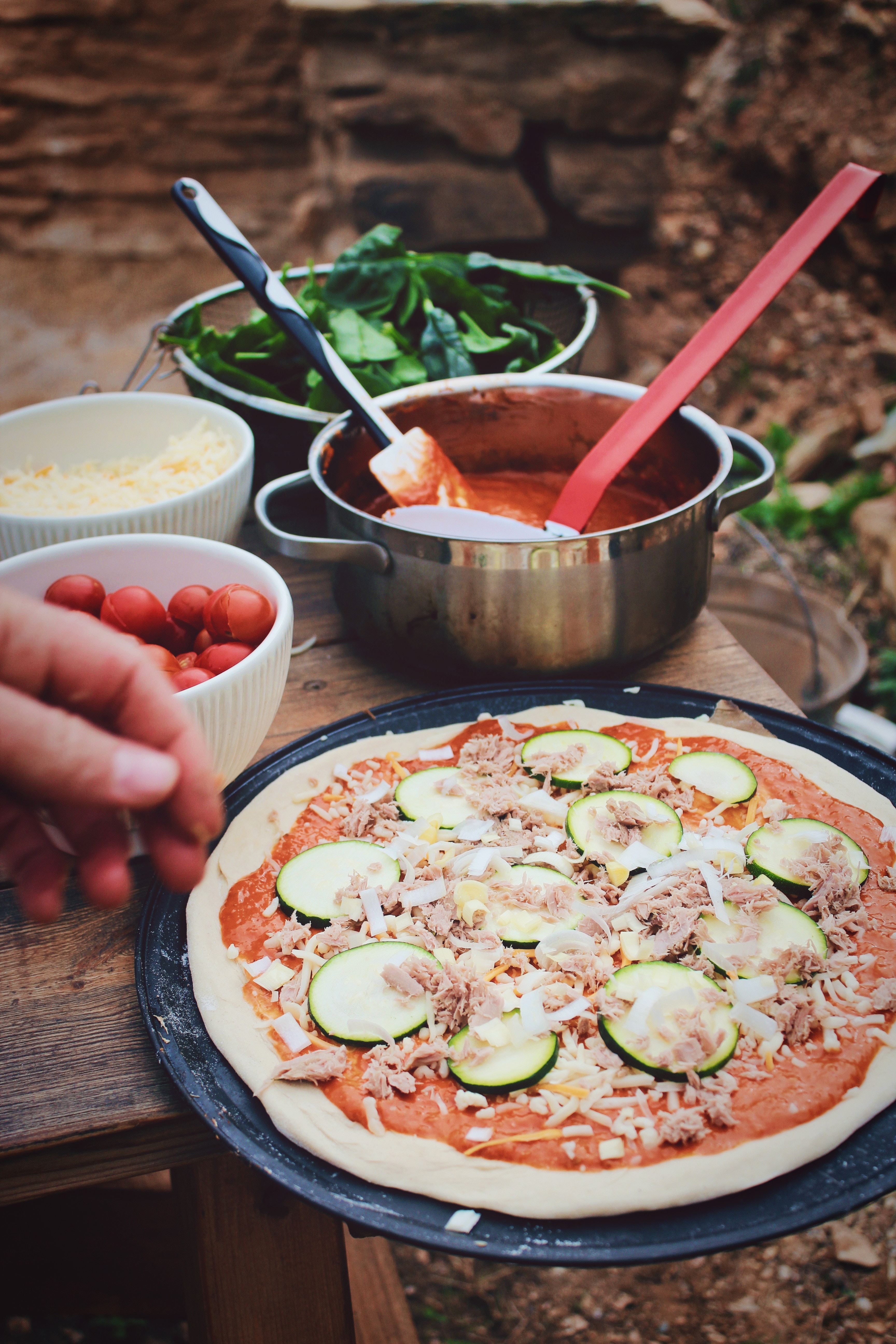How To Carbohydrate Count to Manage Diabetes
Check out this haul from my first grocery shopping trip for Carb Counting!

Yes, we drink a LOT of milk at our house.
I think I’m going to like this particular meal plan that I am using because it offers more flexibility than other meal plans I have used in the past. It gives lists of sample breakfasts, lunches/dinners, and snacks and allows me to pick and choose the ones I like, as well as repeat meals to use leftovers, which definitely helps with some of the issues I have with meal plans in general (which I described here).
So I thought I’d start out by describing what carb counting is all about. As described here, eating too many carbohydrates at one time can raise blood sugar too high for someone with diabetes. First thing’s first: which foods have significant amounts of carbohydrates?
- breads and grains like rice, pasta, and oats
- beans and legumes
- starchy vegetables like potatoes, peas, and corn
- milk and yogurt
- fruit and fruit juice
- sweeteners like sugar, brown sugar, agave, syrup, honey and sugary beverages like soda and sports drinks
These are the foods we primarily “count” as we count carbohydrates. The specific goal for carbohydrate intake varies between individuals based on height, weight, gender, activity levels, and blood sugar control goals. If you have diabetes and don’t know how many carbohydrates you should eat, find a Registered Dietitian who can help you find out.
For me, my goal is going to be 45-60 grams of carbohydrate per meal and 15 grams of carbohydrate per snack, as well as meeting the recommended activity goal of 30 minutes of moderate exercise 5 days per week (This can really help blood sugars!)
To help make carb counting easier, something called a “carbohydrate portion” or a “diabetes portion” was introduced. This is basically the amount of any carbohydrate food that contains 15 grams of carbohydrate.
As you can see by my carbohydrate counting goals, they are in multiples of 15 grams. So basically, at meals I can select 3-4 “carbohydrate portions” and at snacks I can choose 1. I can then fill in the gaps with non-carbohydrate foods like meat, eggs, cheese, vegetables, nuts, or seeds.
Carb counting can be tricky, but with some practice, awareness, and strategy, most people with diabetes find that they can live a relatively “normal” food life. I’ll see if I can make it happen in these three weeks and, if so, hopefully I can pass some useful info on to you!





[…] far, we’ve covered carbohydrate counting as the primary method of managing blood sugars. It is by far the most important […]